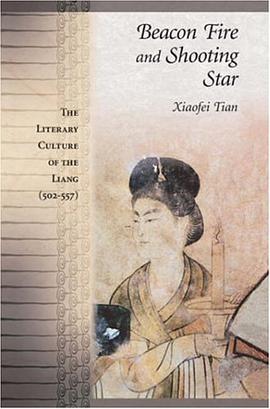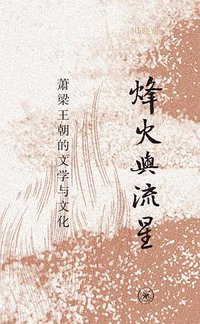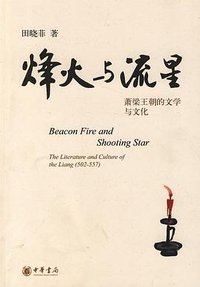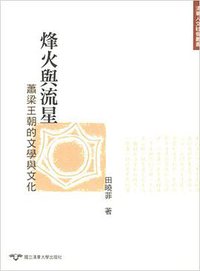Beacon Fire and Shooting Star
豆瓣
The Literary Culture of the Liang (502-557) (Harvard-Yenching Institute Monograph Series)
Xiaofei Tian
简介
The Liang dynasty (502-557) is one of the most brilliant and creative periods in Chinese history and one of the most underestimated and misunderstood. Under the Liang, literary activities, such as writing, editing, anthologizing, and cataloguing, were pursued on an unprecedented scale, yet the works of this era are often dismissed as "decadent" and no more than a shallow prelude to the glories of the Tang.This book is devoted to contextualizing the literary culture of this era - not only the literary works themselves but also the physical process of literary production such as the copying and transmitting of texts; activities such as book collecting, anthologizing, cataloguing, and various forms of literary scholarship; and the intricate interaction of religion, particularly Buddhism, and literature. Its aim is to explore the impact of social and political structure on the literary world.
contents
Note on Sources
Introduction
1. The Rule of Emperor Wu
2. Mapping the Cultural World (I): Managing Texts
3. Mapping the Cultural World (II): Contextualizing Taste
4. The Pleasure of the Superfluous: Palace Style Poetry and Resistance to Canonization
5. Illusion and Illumination: A New Poetics of Seeing
6. “Suppression of the Light”: Xiao Gang, Prince and Poet
7. The Cultural Construction of the North and South
8. Parting Ways
Epilogue: The Aftermath and the Romanticization of the Liang
Works Cited
Index


